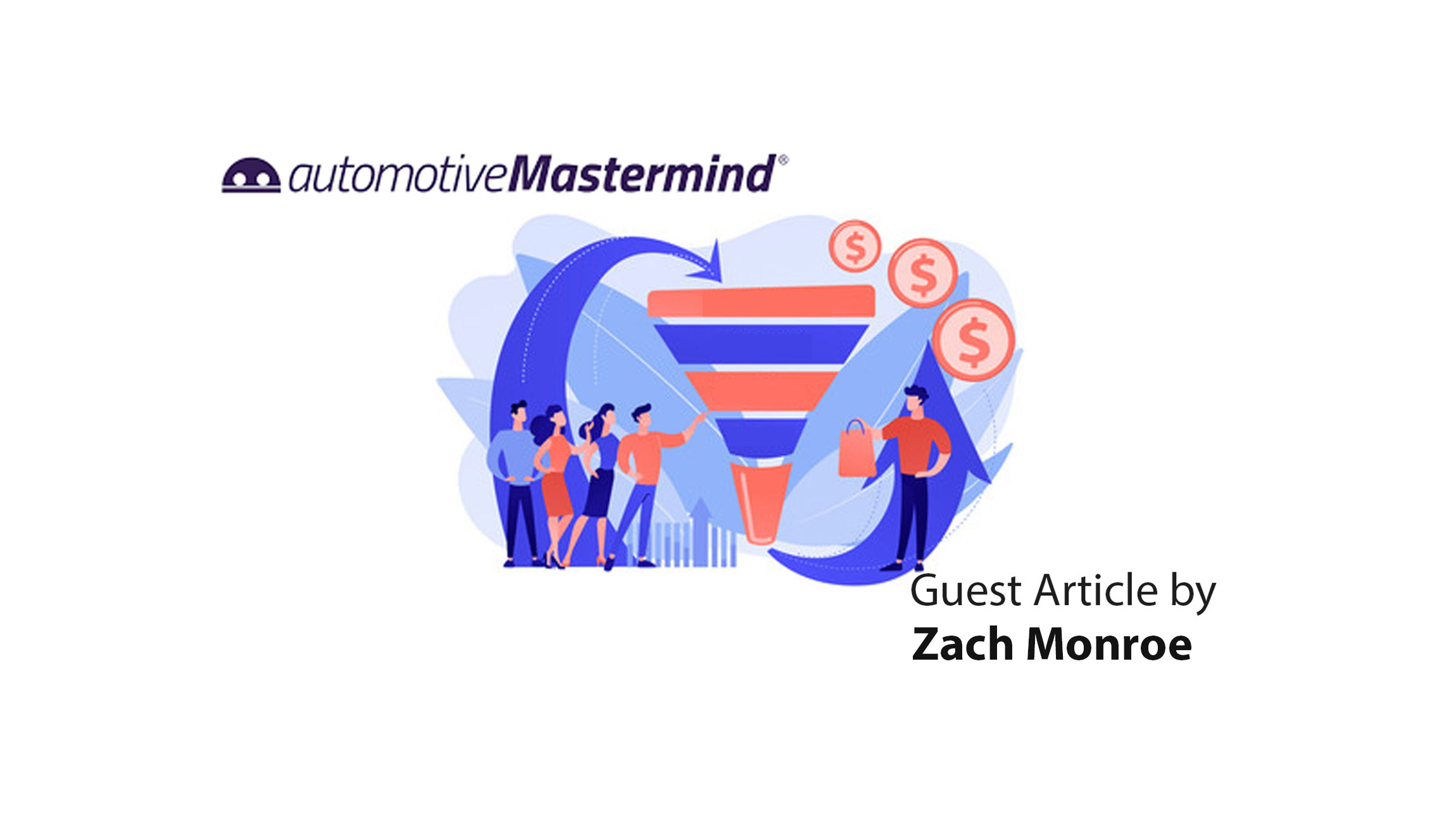The B2B buyer journey is changing…
While traditionally the lead time for converting B2B buyers has always been longer than for B2C audiences, factors like supply chain challenges, recruitment and rapid digitalization are adding additional considerations for B2B buyers – and additional touchpoints to the buying journey.
According to a 2021 study of B2B marketers, in just two years, there’s been a 59% increase in the number of meaningful interactions that take place throughout the buying journey.
With more opportunities to engage buyers at key touchpoints, B2B marketers are shifting from a hard sell approach to nurturing and then converting leads. According to a 2022 benchmark study of B2B marketers, 58% of respondents cited content marketing as an area of increased budget prioritization in 2022, increasing in importance from the previous year.
To create content that effectively and authentically speaks to customers and drives demand as the buyer journey changes, B2B marketers need to make three key changes in 2022.
Marketing Technology News: ID.me Names David Kensick Chief Experience Officer
1. Shift your product or service positioning to better serve your market – without compromising your brand.
In the previously mentioned benchmark study, 42% of respondents cited improving the alignment between marketing and sales departments around go-to-market initiatives as a goal for their 2022 demand gen efforts.
While aligning with sales, it’s important to listen to your field team to truly understand your customers and speak their language. By taking a deep dive into your buyers’ challenges and discovering what your current customers (both happy and unhappy) find most valuable, marketers can create messaging that resonates with audiences – instead of perpetuating the same self-perceived value that doesn’t move the needle.
For example, auto dealers achieved record-breaking profits in 2021, more than quadrupling from January to October, according to the National Auto Dealers Association. This posed a significant challenge for my company, automotiveMastermind (aM), a sales and marketing platform designed to help dealers maximize their sales opportunities.
After discovery sessions with our field teams and several our customers, we shifted our marketing and positioning of our platform from helping dealers grow their profits to profitably acquiring pre-owned vehicles amid inventory shortages.
2. Create content that adds value to the buyer journey.
As a buyer’s journey changes, inevitably so will the content needed to support the process. So, as B2B brands reassess their messaging to ensure it still resonates with audiences, it’s equally important to audit the format and style of their content marketing and messaging.
In a 2022 survey of B2B buyers, 39% said marketers need to “curb the sales messages” when creating content marketing, preferring shorter content (37%), supported by data and research (36%) and insights from industry leaders (30%).
Aim to create resources for buyers by providing helpful context or content that speaks to your audience’s motivations, fears and desires, presented in a variety of formats appropriate for where buyers are in their journey. Few buyers are going to consume every asset your brand produces. Look for opportunities to repackage and recycle content in different mediums to maximize your impact and engage audiences across platforms.
To support our efforts in 2021, our aM marketing team generated 4-5 assets per month, resulting in nearly 60 resources – including whitepapers, e-books, blog posts and live webinars – focused on various angles of the inventory shortage and aM’s ability to help dealers achieve sustainable success.
3. Adjust your expectations and KPIs.
Finally, with more touch points along the buyer journey, B2B marketers need to rethink what success looks like in 2022. Not every piece of content will convert a lead – and if that’s your only measurement of success, you’re missing other key insights to guide your approach.
It’s important marketers look at KPIs that help them understand whether their efforts are helping create meaningful interactions that are furthering their customers’ journey. It’s equally important to recognize that quantifying and measuring brand awareness and trust can be a difficult task. This is when looking at the bigger picture to assess your long term and qualitative results is especially valuable.
This also means putting a heavier emphasis on engagement metrics vs. leads and conversions – as well as leaving some resources ungated to build trust and provide value to buyers. Instead, create high quality, ungated content that piques your audience’s interest before asking for their contact details in exchange for premium content, your newsletter or a demo request.
Remember: With enough patience, careful assessment and strategic optimizations, all this work nurturing the customer journey pays off. Despite our audience’s needs dramatically changing, leveraging a content marketing strategy focused on inventory shortages and pre-owned acquisitions, we saw a 27% increase in direct digital marketing revenue YoY and 95% increase in marketing qualified leads in 2021.
Marketing Technology News: MarTech Interview With Dave Charest, Director of Small Business Success at Constant Contact











